Start the Forum walk from the Arch of Constantine
![]()
Walks & Excursions
FORUM WALK
Arch of Constantine
The arch was built in 312 to commemorate Constantine’s victory over his rival Maxentius. Much of the arch is scavenged from earlier times: the lower stonework dates from Domitian’s reign (81 – 96), the eight large medallions depicting hunting scenes are from the reign of Hadrian (117-138). The four reliefs on the sides are from Trajan’s forum and are believed to be by the same sculptor who carved Trajan’s column.
Colosseum
This famous monument is at the end of the street from the Hotel Lancelot. Tickets are required. To avoid long queues you could consider purchasing a “combo” multi-site ticket from a less frequented museum or from the Palatine entrance close to the Colosseum.
The Colosseum (after the name of a nearby colossal statue of Nero) was completed by the Emperor Titus Flavius in AD 80. During the Middle Ages it was fortified by the Frangipane, who erected a wall around it making use of the Arches of Titus and Constantine. In the 16th century the building came under the protection of the Roman Senate, but this did not prevent the usage of its fallen parts for lime making (calcination) or for the many churches and palaces built in the 15th-17th centuries.
In 438 the emperor Valentinianus III closed the gladiators’ schools and the performances were limited to the hunting of wild beasts. The invasion of northern Africa by the Vandals interrupted the supply of lions and other wild animals and the last performances were based on bears from the nearby mountains.
Via Sacra
Walk over the original stonework laid out by the Romans.
Palatine Entrance
An entrance to the Palatine area of imperial palaces is at the top of Via Sacra. Tickets are required for entrance to the Palatine area – the same ticket can be used for entrance to the Colosseum and the forum.
Imperial Forum
The Roman Forum and the Palatine hill are next to the Colosseum. Tickets are required for entrance to the forum area – the same ticket can be used for entrance to the Colosseum and the palatine.
View Point
Enjoy a panoramic view of the imperial forum.
Campidoglio
Campidoglio, or Capitoline, was the most important of Rome’s seven hills. The piazza at the top of the hill was designed by Michelangelo in the 1530s and took over a hundred years to complete. The grand stairs leading up to the piazza were also designed by Michelangelo. The building opposite the stairs is Rome’s city hall. At the centre of the piazza is a magnificent second century equestrian statue.
Campidoglio Park
A shady park at the back of the Capitoline Museum with great views over the forum to the south and trastevere to the west.
Piazza Venezia
This is the centre of Rome and there are several important monuments, ruins and museums in the vicinity.
The Piazza is dominated by the Vittoriano – a monument to Italy’s unification.
Trajan’s Column
Erected by the Emperor Trajan to mark his military triumphs. The marble column is decorated with scenes of the battles and long campaign to conquer Dacian (modern day Romania) and is considered one of the finest existing examples of ancient sculpture.
Trajan’s Forum
The entrance to Trajan’s Forum is via a museum at the top of the steps to the west of Trajan’s column.
Trajan’s Market
The equivalent of today’s shopping mall, the three floors of shops sold everything from oil, spices and vegetables to silks and incense.
Casa dei Cavalieri di Rodi
There is a delightful walkway leading towards the brick tower behind Trajan’s market (13th century defensive castle) which passes beneath the 12th century loggia of the Casa dei Cavalieri di Rodi (knights of St. John of Jerusalem).
Maps
The history of Imperial Rome laid out in maps.

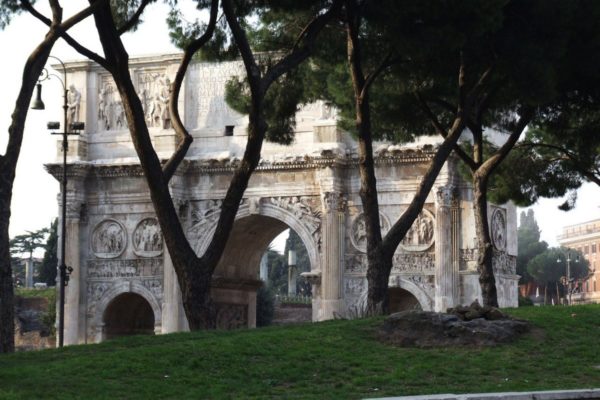
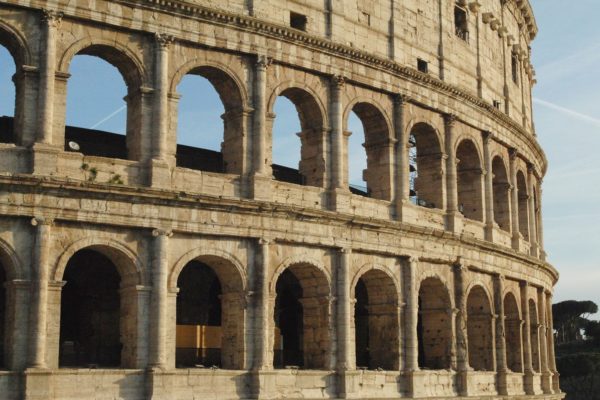
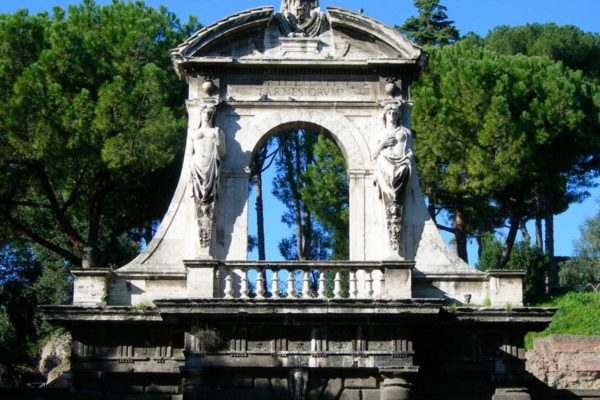
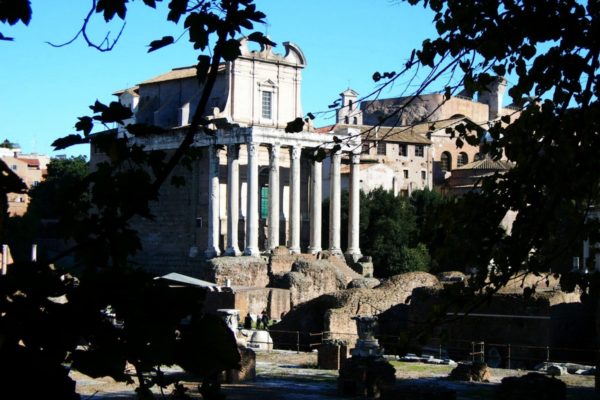
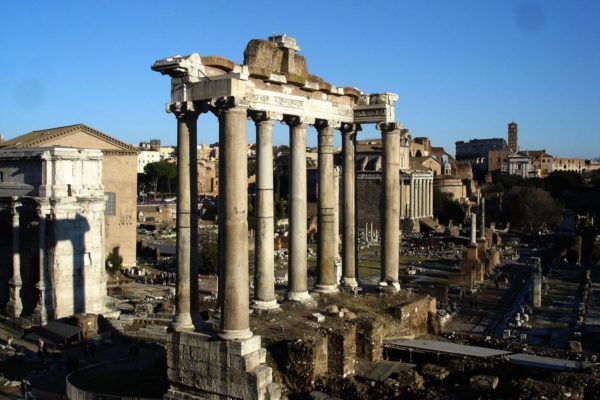
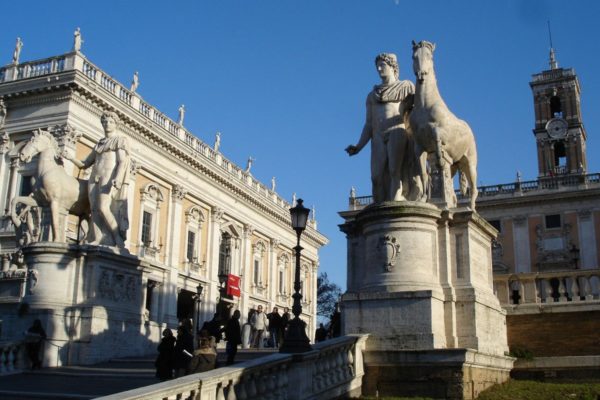
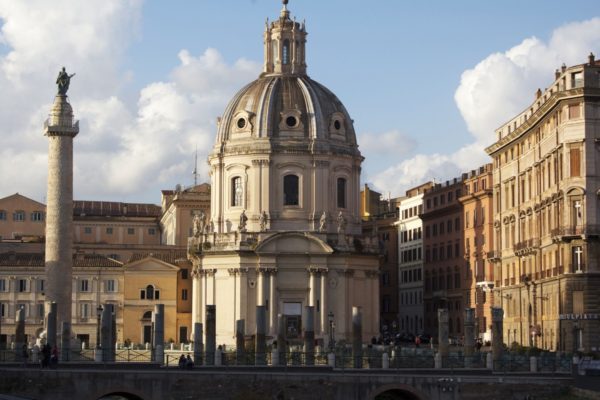


 NEWS AND EVENTS
NEWS AND EVENTS



